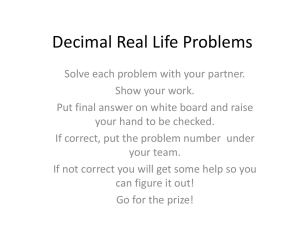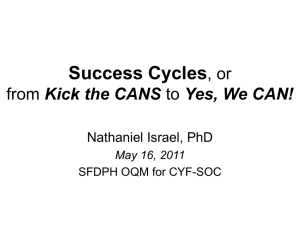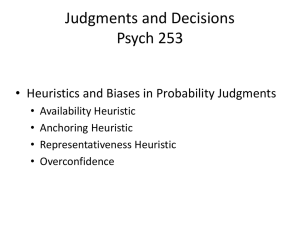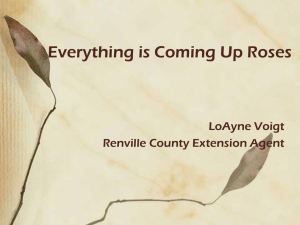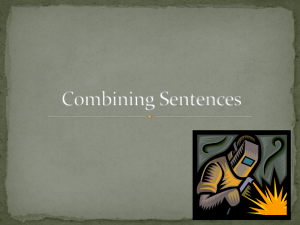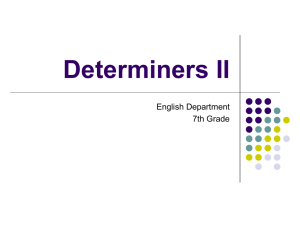Solving Multistep Word Problems Powerpoint
advertisement
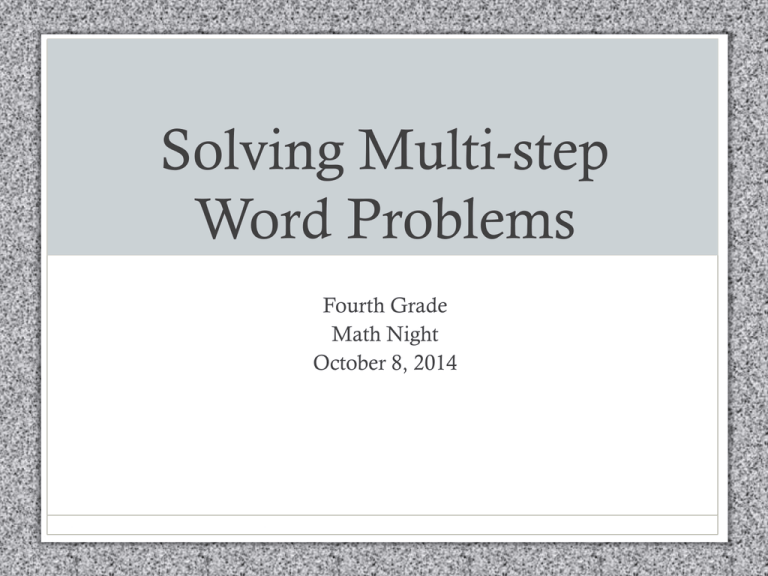
Solving Multi-step Word Problems Fourth Grade Math Night October 8, 2014 Fourth Grade Common Core 4.OA: Use the four operations with whole numbers to solve problems. • 3) Solve multistep word problems posed with whole numbers and having whole-number answers using the four operations, including problems in which remainders must be interpreted. Represent these problems using equations with a letter standing for the unknown quantity. Assess the reasonableness of answers using mental computation and estimation strategies including rounding. Word Problems THEN The city flower shop sold12,398 pink roses on Valentine’s Day. They sold 16,707 red roses. How many pink and red roses did the city flower shop sell altogether on Valentine’s Day? NOW The city flower shop sold 12,398 pink roses on Valentine’s Day. They sold 4,309 more red roses than pink roses. How many pink and red roses did the city flower shop sell altogether on Valentine’s Day? Our Problem Solving Process 1. First Read: Underline the question, label units for the answer, envision the problem 2. Second Read: Find and circle information you need to solve the problem 3. Make a sketch, table, or diagram if you need to 4. Third Read: Identify each step and its equation 5. Carefully solve each step and answer the problem. Ask yourself, “Does my solution answer the questions?” How do we incorporate problem solving into our daily routines? • Morning Messages • Problem Solver • Daily math lessons have a word problem associated with the concept being taught • Performance Tasks Let’s try it out… Part A: A grocery store had cans of soup on 7 different shelves. The bottom 4 shelves each had 29 cans. The top 3 shelves each had 42 cans. What was the total number of cans on the shelves? Part B: After 56 cans of soup were sold, the clerk moved the remaining cans to a display case. The display case had shelves that could each hold 9 cans. How many shelves were needed to fit all the remaining cans? Potential challenges for our students… • More than one equation • More than one operation • Understanding that one equation builds on another • Knowing which operations match the problem • Understanding what the answer really is after solving multiple equations
